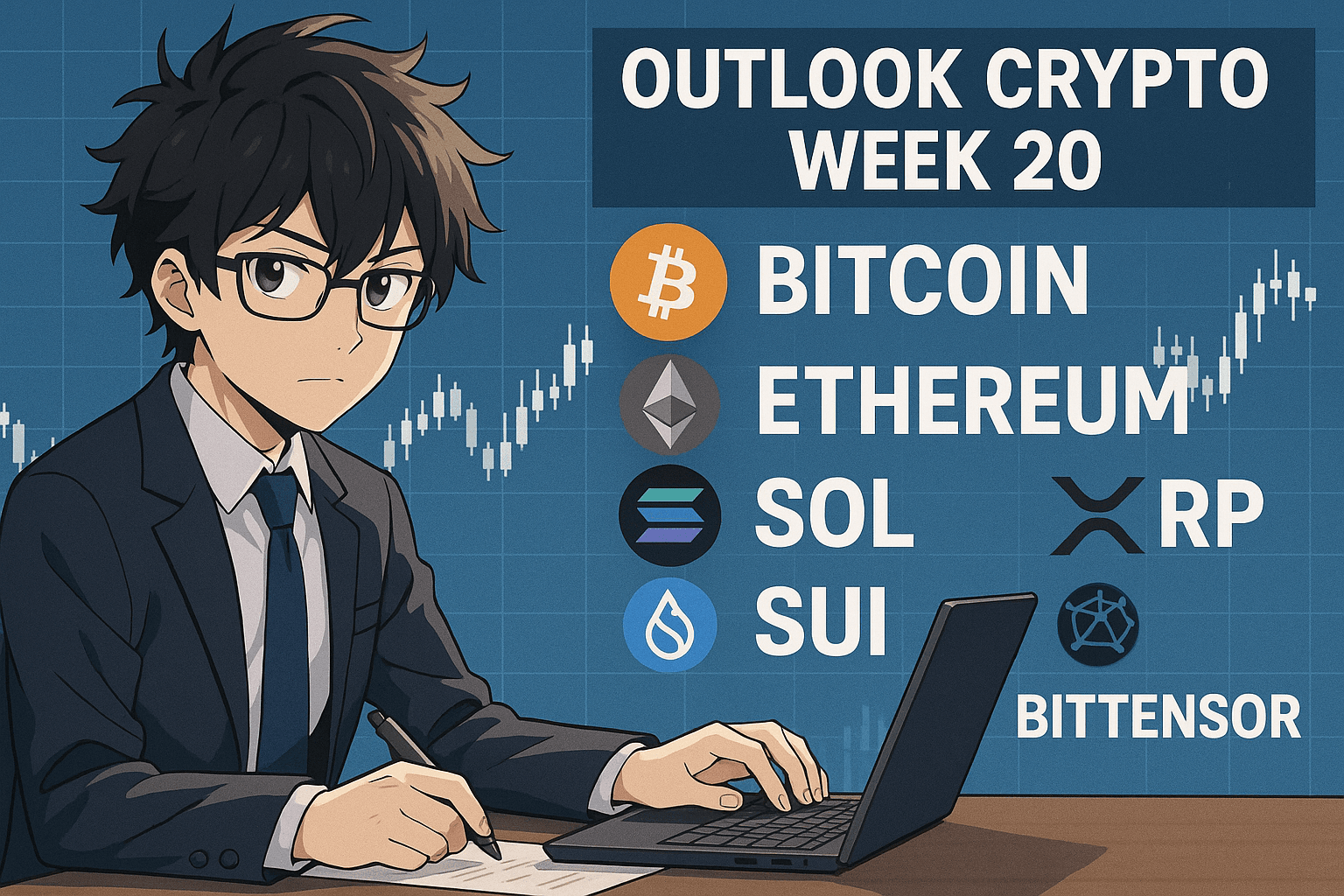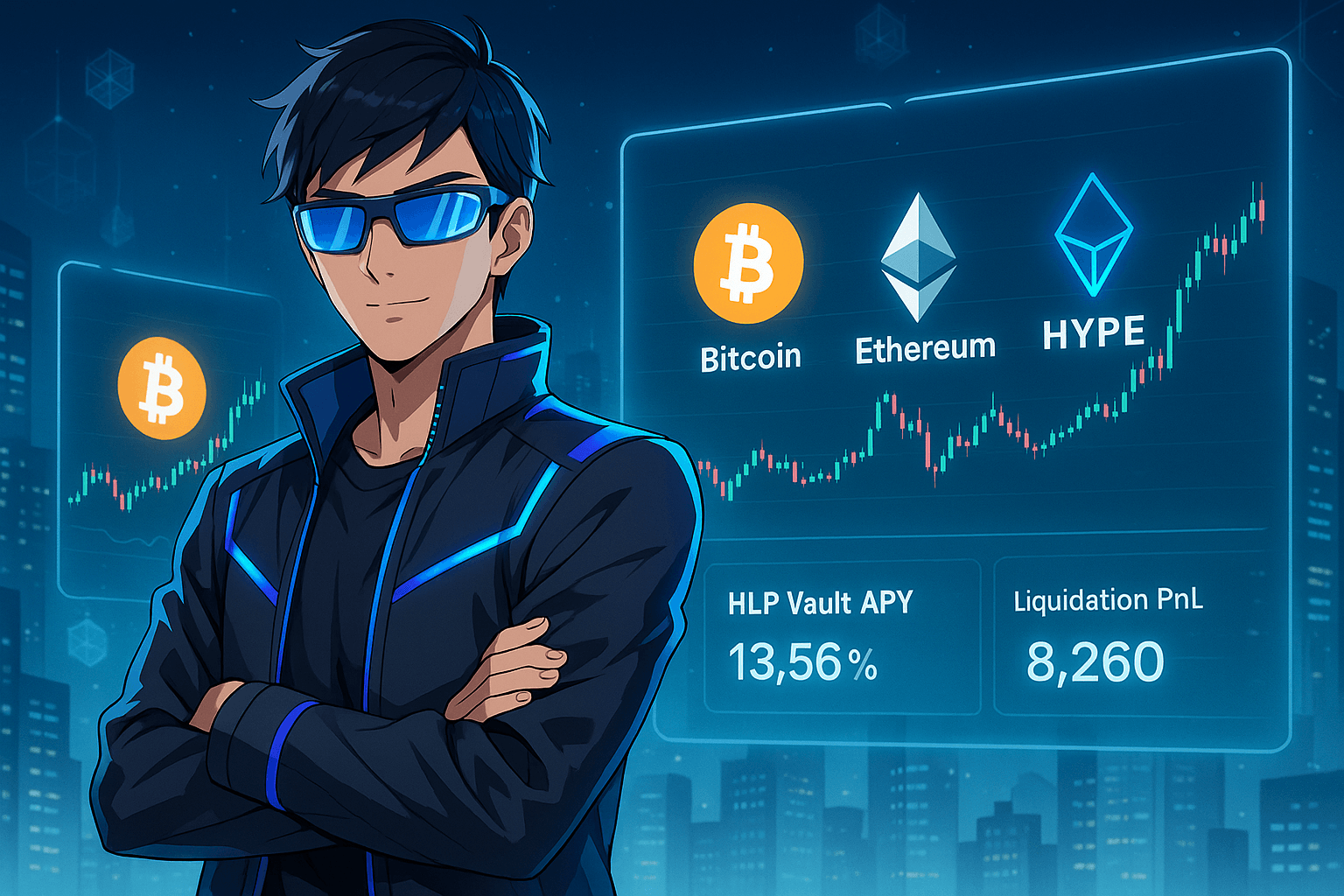A common question among new users of Trader Joe is how to make money on the platform. The answer lies in understanding how liquidity pools work.
A liquidity pool is essentially a smart contract that holds a specific amount of funds in reserve, which allows traders to quickly exchange their assets without having to wait for an order book. These pools are essential for automated market makers like Trader Joe as they ensure that there is enough liquidity to facilitate trades.
When you become a liquidity provider on TraderJoe, you contribute funds to these pools in the form of tokens and receive JOE tokens in return. These JOE tokens represent your share of the pool and entitle you to a portion of the transaction fees generated by the platform.
In this article, we mentioned that the more people who want to exchange tokens on TraderJoe, the higher the rewards for liquidity providers. This is because as trading activity increases, so do the transaction fees generated by the platform. As a liquidity provider, you will earn a percentage of these fees based on your share of the pool.
A beginners guide to participate on Trader Joe liquidity pools
Participating in liquidity pools on Trader Joe, an AMM DEX on the Avalanche blockchain, involves providing a pair of tokens to a pool to facilitate trading and earn transaction fees in return. Here’s a simple guide to get started:
- Create an Avalanche Wallet: To interact with Trader Joe, you need an Avalanche C-Chain wallet. You can create or restore one using popular wallets like MetaMask or Coin98.
- Acquire AVAX: You need AVAX for transaction fees. Purchase AVAX from a crypto exchange and transfer it to your Avalanche wallet.
- Add Liquidity: Visit Trader Joe’s liquidity pool page. Select a pool you’re interested in, such as AVAX/JOE. You need an equal value of both tokens to provide liquidity. If you don’t have the tokens, you can swap for them on Trader Joe using AVAX.
- Approve and Supply Tokens: Enter the amount of tokens you want to supply. Approve the transaction for each token if prompted. Then, supply the tokens to the pool. You’ll receive liquidity provider (LP) tokens representing your share of the pool.
- Earn Trading Fees: As trades occur in your pool, a portion of the trading fees (0.25%) is distributed to liquidity providers proportional to their share in the pool.
- Monitor and Manage: You can add more liquidity or remove it anytime. Be aware of impermanent loss, a risk when the price ratio of your provided tokens changes after depositing them.
Participating in liquidity pools is a way to earn passive income while contributing to the ecosystem’s liquidity. Always do your own research to understand the risks, especially concerning impermanent loss. Happy trading on Trader Joe! So, it is important to stay updated with the platform and track your investments regularly.
Risks to consider before providing liquidity on Trader Joe
While participating in Trader oe’s liquidity pools can be a lucrative way to earn passive income, it is important to consider the risks involved. Here are some key factors to keep in mind before providing liquidity on TraderJoe:
- Impermanent Loss: As mentioned earlier, impermanent loss occurs when the price ratio of your provided tokens changes after depositing them. This can result in a loss of funds compared to simply holding the tokens.
- Impermanent Loss Protection: Trader Joe offers Impermanent Loss Protection (ILP) for select pools, which protects liquidity providers from losses due to impermanent loss. However, this is not available for all pools and comes with its own risks and limitations.
- Market Volatility: The value of tokens in liquidity pools can fluctuate due to market conditions, impacting the overall value of your investment.
- Smart Contract Risk: As with any DeFi platform, there is always a risk of smart contract vulnerabilities and potential hacks. It is important to do thorough research and understand the security measures in place before providing liquidity on Trader Joe.
By understanding and being aware of these risks, you can make informed decisions and mitigate potential losses while participating in liquidity pools on Trader Joe.
How to stake Joe tokens to get USDC rewards
To stake JOE tokens on TraderJoe and earn USDC rewards, start by acquiring JOE tokens. This can be done by purchasing them on a cryptocurrency exchange or swapping other cryptocurrencies for JOE directly on the Trader Joe platform. Once you have your JOE tokens, visit the Trader Joe website and connect your Avalanche wallet, ensuring it’s set to the Avalanche C-Chain, which is where Trader Joe operates.
After connecting your wallet, navigate through the platform to find the staking section or a specific pool that offers USDC as rewards for staking your JOE tokens. TraderJoe might present various options for staking, including those that specifically provide USDC rewards, so select the one that aligns with your investment goals.
Before you can stake your JOE tokens, the platform will usually require you to approve the transaction. This is a security measure that allows TraderJoe to interact with your JOE tokens. After granting approval, enter the amount of JOE you wish to stake and confirm the transaction. Keep in mind that you will need a small amount of AVAX in your wallet to cover the transaction fees.
Once your JOE tokens are staked, you will begin to earn rewards in USDC based on the specific terms and reward rates of the pool or farming opportunity you’ve chosen. These rewards typically accumulate over time and can often be claimed at your convenience. Remember, the world of decentralized finance and staking involves various risks, including market volatility and impermanent loss, especially when participating in liquidity pools. Always conduct thorough research and consider your risk tolerance before staking your tokens.
Should you provide liquidity or stake JOE?
As a user on Trader Joe, you have the option to either provide liquidity to earn transaction fees. Or you can simply stake JOE tokens and let them compound over time. But which one is more profitable? The answer depends on your individual goals and risk appetite.
Providing liquidity allows for immediate earnings through transaction fees but also comes with risks such as impermanent loss. On the other hand, staking JOE tokens can be a safer option as it doesn’t involve price volatility but may have lower returns.
Ultimately, it is up to each user to decide which strategy aligns with their investment goals and risk tolerance. Some users may choose to do both – provide liquidity for immediate earnings while also staking JOE tokens for long-term compounding rewards.
Also, remember that the APY (annual percentage yield) for both options can vary depending on market conditions and trading volume on Trader Joe. Therefore, it is important to regularly monitor and reassess your strategy to make the most out of your investments.
Tips for successful liquidity providing and staking on Trader Joe
Whether you decide to provide liquidity or stake JOE tokens. Here are some key tips to keep in mind for successful participation on Trader Joe:
- Do Your Research: Before investing in any pool or staking opportunity, make sure to thoroughly research the project, its team, and its underlying technology. This will help you better understand the risks involved and make informed decisions.
- Diversify Your Portfolio: To mitigate risks, consider diversifying your investments across multiple pools or staking opportunities instead of putting all your funds in one place.
- Stay Updated: Keep track of any updates or changes on the Trader Joe platform, as well as market conditions that may impact your investments. This will help you adjust your strategy accordingly.
- Understand Fees and Taxes: Be aware of any fees associated with providing liquidity or staking, as well as potential tax implications. It is always best to consult a financial advisor for personalized advice in this regard.
By following these tips and staying informed, you can increase your chances of success when participating in liquidity pools and staking on Trader Joe.
FAQs
Should I stake my JOE tokens on Trader Joe?
The decision to stake your JOE tokens should be based on your individual investment goals and risk tolerance. It is important to thoroughly research the risks involved and make an informed decision before staking.
Can I withdraw my staked JOE tokens at any time?
In most cases, you will need to wait for a specific period of time before withdrawing your staked JOE tokens. However, this may vary depending on the specific pool or staking opportunity you have chosen.
Do I need to provide liquidity in order to stake JOE?
No, providing liquidity and staking JOE are two separate options on Trader Joe. You can choose to do one or both, based on your preferences and investment goals.
How do I claim my rewards from staking JOE?
Rewards earned from staking JOE tokens can typically be claimed at any time, depending on the specific terms of the pool or staking opportunity. Simply navigate to the rewards section on Trader Joe and follow the instructions for claiming your rewards.
Conclusion
Trader Joe provides a user-friendly and accessible platform for staking JOE tokens and earning rewards. Whether you choose to provide liquidity, stake your tokens, or both. It is important to do thorough research and regularly monitor market conditions to make the most out of your investments.
By following these tips and staying informed, you can increase your chances of success in the world of decentralized finance and staking. Remember to always consider your risk tolerance and make informed decisions when participating in any form of investment. Happy staking on Trader Joe! As the decentralized finance space continues to evolve. We can expect Trader Joe to introduce new opportunities for JOE token holders.
You might be interested in diving deeper into the concepts of decentralized finance and liquidity pools. Speaking of **liquidity pools**, you might find this Wikipedia article on Liquidity Pools quite enlightening, as it explains how these pools function in the context of automated market makers. Additionally, if you’re curious about the broader implications of decentralized finance, you can explore this Wikipedia article on Decentralized Finance, which outlines the innovations and opportunities within this rapidly evolving financial landscape. Happy researching!



